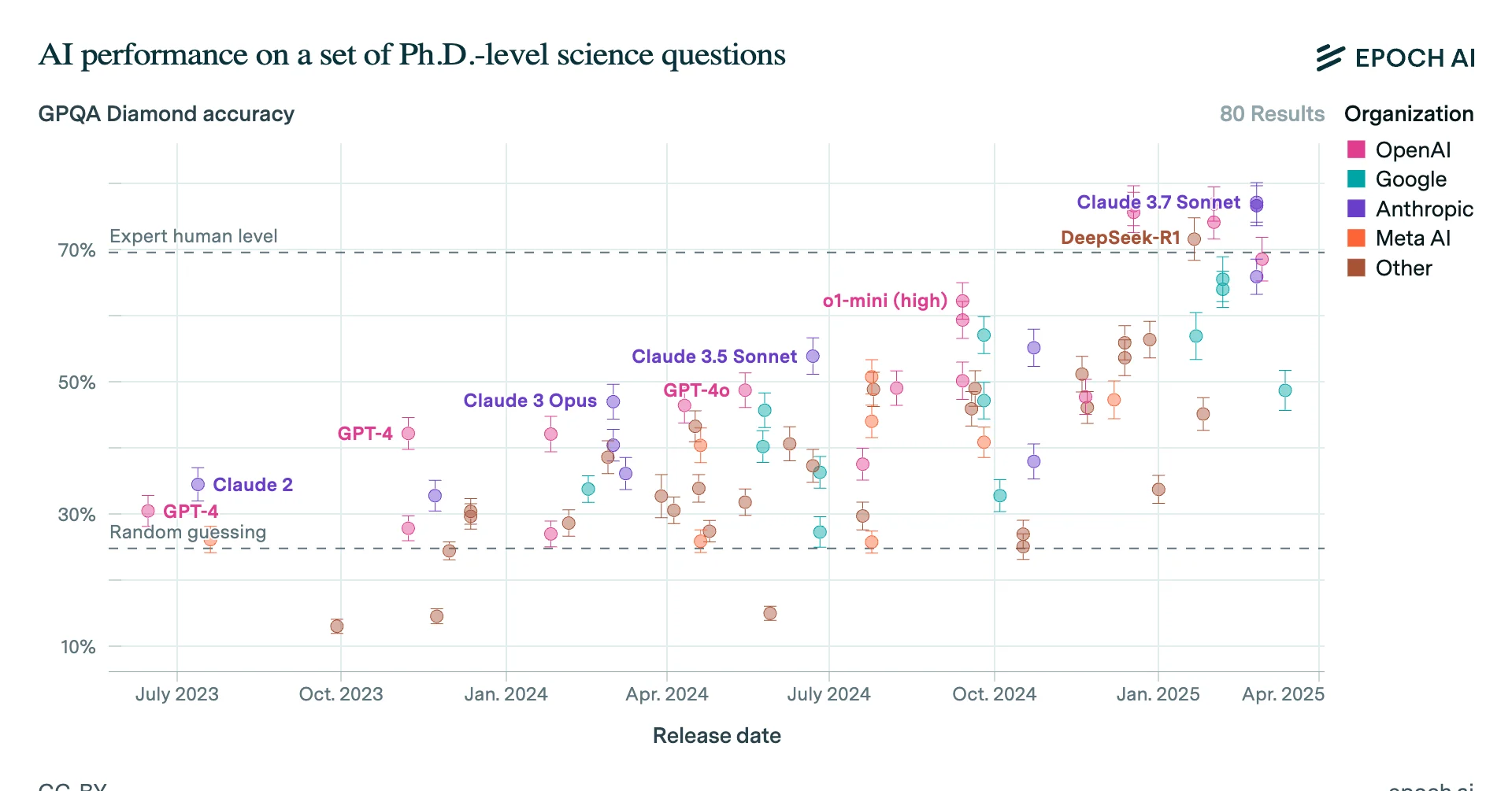Content warning: discussion of the sexual abuse of children
Related: Is preventing child abuse a plausible Cause X?
Recently, the New York Times ran a long piece (a) about the rise of child pornography.
The trend is grim:
- In 1998 – 3,000 reports of child sexual abuse imagery online
- In 2008 – 100,000 reports of child sexual abuse imagery online
- In 2014 – 1 million reports of child sexual abuse imagery online
- In 2018 – 18.4 million (!) reports of child sexual abuse imagery online
This is obviously horrendous. And if the relationship between childhood trauma and later-life negative consequences (as found in the ACE study) is true, it could have very large downstream consequences.
As a refresher, here's a passage about the ACE study from The Body Keeps the Score:
The first time I heard Robert Anda present the results of the ACE study, he could not hold back his tears. In his career at the CDC he had previously worked in several major risk areas, including tobacco research and cardiovascular health.
But when the ACE study data started to appear on his computer screen, he realized that they had stumbled upon the gravest and most costly public health issue in the United States: child abuse.
[Anda] had calculated that its overall costs exceeded those of cancer or heart disease and that eradicating child abuse in America would reduce the overall rate of depression by more than half, alcoholism by two-thirds, and suicide, IV drug use, and domestic violence by three-quarters. It would also have a dramatic effect on workplace performance and vastly decrease the need for incarceration.
It's not clear whether the increase in child abuse imagery circulating online implies an increase in child abuse, though that seems very plausible. (Some anecdotal evidence for increased incidence of abuse, from the Times piece: "In some online forums, children are forced to hold up signs with the name of the group or other identifying information to prove the images are fresh.")
Why is this happening?


Yeah, maybe. Messenger's user base doubled over that timeframe, though was already at 600 million users in early 2015.